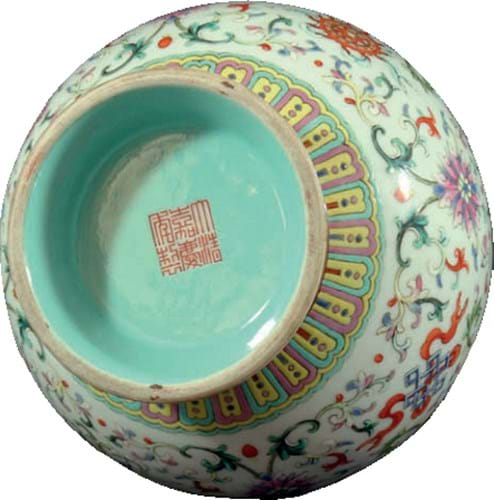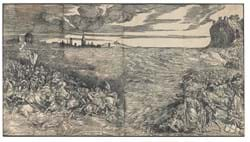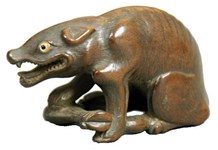
THIS rare altar vase, known as a benbaping, is thought to belong to a group of ritual wares that were specially commissioned by the Qing court for ceremonial use in palaces and temples.
Made to contain sacred plants and herbs, the inspiration for the distinctive form comes from Tibetan jewel-encrusted silver vessels known as bumpa.
Standing 10¼in (26cm) high, the vase is finely decorated in famille rose enamels with the Bajixiang, the Eight Buddhist Emblems, divided by lotus heads and scrolls. Vessels of this type were used throughout the Qianlong period but this example carries an iron-red six-character seal for his successor, the fifth Qing emperor Jaiqing (1796-1820). It came for sale at Lawrences of Crewkerne on January 19, consigned by the descendant of a solicitor who worked in Shanghai in the early 20th century. It had been in the UK since the 1930s and had spent 30 years on the Wiltshire vendor’s mantelpiece.
Three pairs of similar vases, each with a different ground colour, formed part of the famous sale of the Fonthill Heirlooms at Christie’s in 1971. Another pair was sold by Duke’s of Dorchester in 2010 for £400,000, with other examples offered more recently in Hong Kong.
Not all vessels of this type are of the period and Lawrences chose to cautiously catalogue this well-preserved example as Republican period and gave it an estimate of £1200-1500. However, there was a consensus it was ‘right’ and multiple bidders were content to pursue it into six figures. Ultimately the contest came down to a prominent Hong Kong dealership and a well-known London dealer, with the former winning out at £252,000 (plus premium).
Roland Arkell








